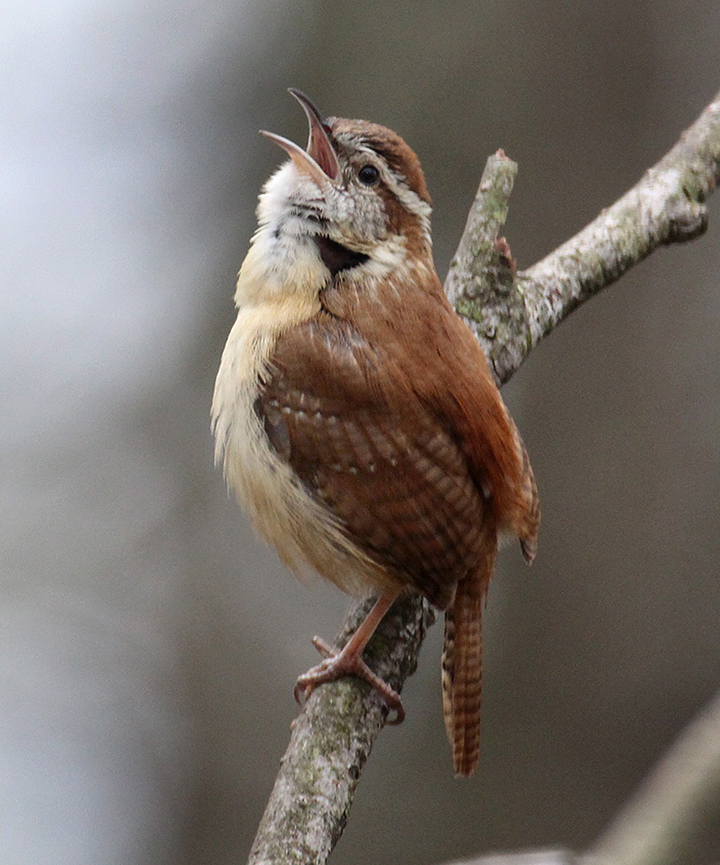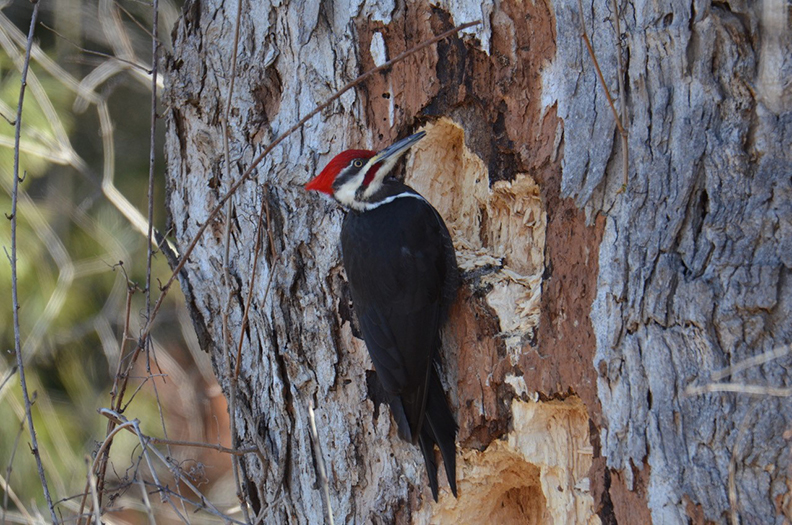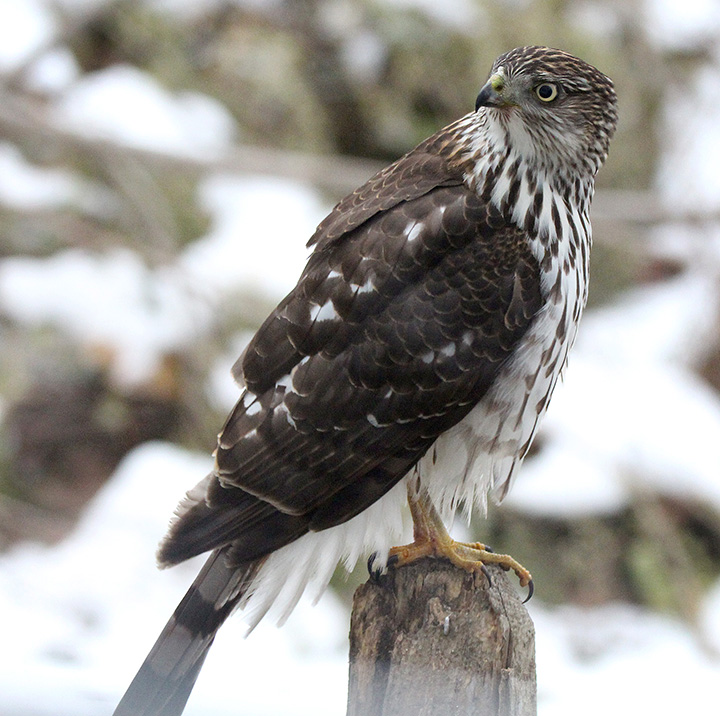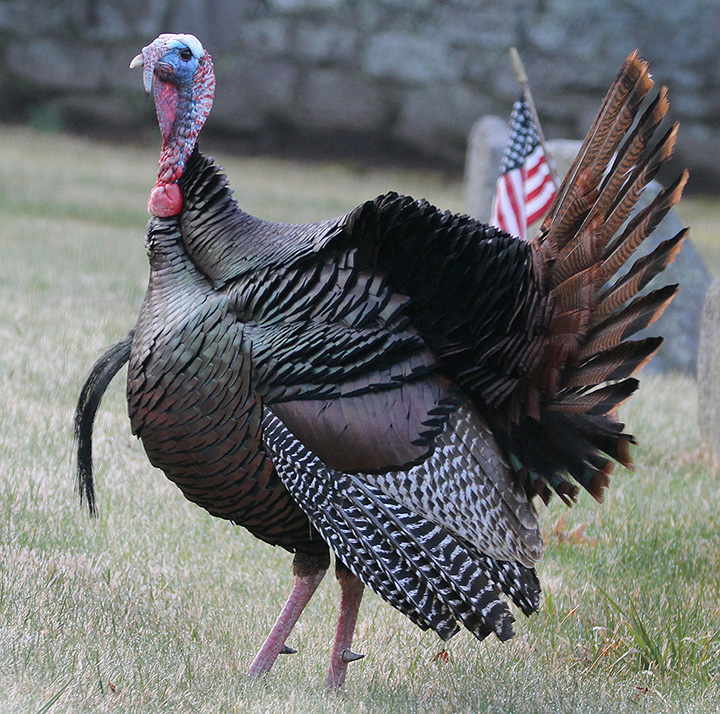Spring is in The Air


by Chris Bosak
Weirs Times Columnist
Spring is in the air and it couldn’t have come at a better time with global anxiety sky high and most of us living in relative isolation.
The other day, while on a video conference call while working from home, I had to unplug my laptop and go to a different room because a Carolina wren was making such a racket outside the window. “Tea-kettle, tea-kettle, tea-kettle!” It was a pleasant disruption, for sure.
Later, it was a northern cardinal distracting my work with one of his beautiful, clear spring songs. I’ve been hearing that more and more. Thankfully.
The other day while walking in the woods I heard the much more subtle song of the eastern phoebe, one of the first songbirds to return to New England each spring. Phoebes are named after their song, just like the chickadee, whip-poor-will, bobwhite, pewee and many others. Last year, a phoebe pair built a nest under my raised deck. I hope they come back this spring.
Late March is also a good time to look for American woodcock. This strangely awesome bird does a dazzling aerial dance at dusk, coupled with an odd “peent” call. Woodcock are back in New England already. I received an email from Tricia from Alstead who heard the peent call while taking a walk with a neighbor. The neighbor later found the woodcock, or timberdoodle, in her yard hunting for worms. Woodcock are shorebirds, but they are usually found on the ground in the woods near fields. They are about the size of a robin, but more plump. They have large, strong bills and perfect camouflage plumage.

I saw a few last spring at dusk (really it was pretty much totally dark) doing their dance. After all these years of birdwatching, I’m still waiting to find one during the day.
This is also the time of year when male American goldfinches transition from their dull winter plumage to their brilliant breeding plumage. The transition happens gradually so many of them appear splotchy as if someone splattered bright yellow paint on them.
Winter is not ready to give up on the birding world, however. The ducks that will breed farther north are still on our lakes, rivers and ponds. The other day I walked to the pond near my house and a sizable flock of ring-necked ducks slowly worked its way to the middle of the water as I approached the edge. A hooded merganser or two swam on the other side of the pond. Soon, those ducks will be replaced by wood ducks, which will breed and raise young there.
Late March is a great and trying time for birdwatchers all at once. It’s great because of all the things I’ve mentioned already (and more) but trying on our patience as the weeks and months ahead promise so much more.
Chris Bosak may be reached at chrisbosak26@gmail.com or through his website www.birdsofnewengland.com



